MENU
|
| |
Confinement and Ethnicity: An Overview of World War II Japanese American Relocation Sites by J. Burton, M. Farrell, F. Lord, and R. Lord |

|
|
| |
Chapter 1 (continued)
Sites of Shame: An Introduction
Current Interpretation and Recognition
|
Table 1.5. Sites Associated with the Relocation
of Japanese Americans During World War II Listed on the National
Register of Historic Places.
| ||
| Site | Date Listed | |
| Ft. Missoula Internment Center | April 29, 1987 | |
| Granada Relocation Center | May 18, 1994 | |
| Heart Mtn. Relocation Center | December 19, 1985 | |
| Manzanar Relocation Center | July 30, 1976 | |
| Minidoka Relocation Center | July 10, 1979 | |
| Moab Isolation Center | May 2, 1994 | |
| Rohwer Relocation Center | July 30, 1974 | |
| Topaz Reloation Center | January 2, 1974 | |
Six of the relocation centers and two other facilities (the Moab Isolation Center and the Fort Missoula Internment Camp) are listed on the National Register of Historic Places for their association with events that have made a significant contribution to the broad patterns of U.S. history (Criterion A) (Table 1.5). For Moab and Fort Missoula the relocation was only part of the significant historic association cited in their nominations. Although the relocation centers did not meet the minimum of 50 years age requirement at the time of listing, they were deemed to be of exceptional importance (Criterion G). The Manzanar Relocation Center and the memorial cemetery at the Rohwer Relocation Center also have National Historic Landmark status. All of the assembly centers in California are state historic landmarks.
All ten of the relocation centers have historical markers. These range from a single plaque at some of the sites to memorial parks at Heart Mountain and Rohwer.
At the Gila River Relocation Center there is a historical plaque at the site of Canal Camp and a historical plaque and memorial plaque at Butte Camp. However, access to the sites, which are on tribal land, is restricted. There are exhibits about the relocation center at the nearby tribal cultural center.
The Granada Relocation Center, also called Amache, has a recent memorial monument at the relocation cemetery. An interpretive drive and walk are planned. The site is now owned by the nearby town of Granada.
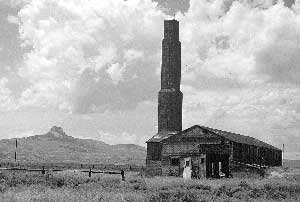 Figure 1.5. Hospital heating plant at the Heart Mountain Relocation Center. |
The central portion of the Jerome Relocation Center is owned by a single family who farms the land. There is a large historical marker along the highway at the site, placed with the landowners' permission.
Manzanar has a state of California historical marker, a National Landmark plaque, and a Blue Star Memorial Highway marker at the original relocation center entrance. The site is now administered by the National Park Service, which plans to rehabilitate the relocation center auditorium on site for use as an interpretative center. Other plans call for a loop tour road, outdoor interpretative displays, and a reconstructed barracks and watch tower.
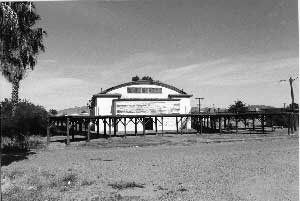 Figure 1.6. Elementary school auditorium at the Poston Relocation Center. |
Along the highway at the site of the Poston Relocation Center there is a large memorial monument and an information kiosk with interpretative displays. Just northwest of the monument there is an adobe-walled auditorium and other buildings left from the relocation center. The auditorium building, built by the Japanese American residents, is in disrepair, but in general retains substantial architectural integrity and is relatively accessible, suggesting it could make an excellent interpretative center (Figure 1.6).
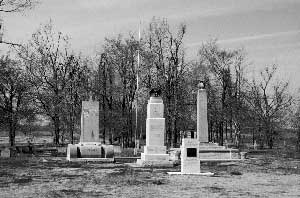 Figure 1.7. Memorial park at the Rohwer Relocation Center. |
At the Topaz Relocation Center there is a parking area and a large historical monument. In the nearby town of Delta there is another monument with directional information, and the local museum has brought in and rehabilitated a barracks, which it uses to display artifacts and information about the relocation center.
At the Tule Lake Relocation center there is an ornate rock and concrete pedestal and wall built to display a state of California historical marker. Numerous buildings from the relocation center remain at the site, including the infamous stockade jail, located just north of the historical marker.
Two other facilities used by the WRA are interpreted for the public. Use of the Dalton Springs CCC Camp as an isolation center is mentioned in a museum exhibit in the nearby town of Moab. The temporary use of the Cow Creek CCC Camp at Death Valley National Park is the subject of interpretive talks and a booklet sold at the Park visitor center.
Seven of the WCCA assembly centers have commemorative markers on site. One also has a fenced memorial garden (Salinas), one has a ramada (Figure 1.8; Sacramento), and one has a sculpture (Puyallup).
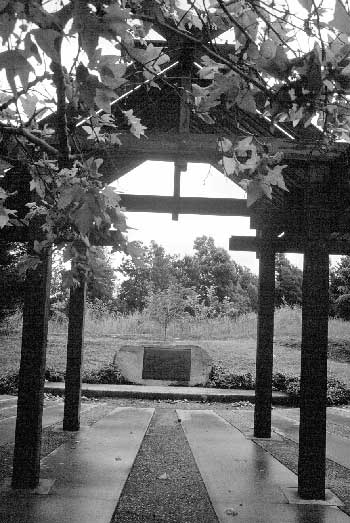
Figure 1.8. Historical marker and ramada at the site
of the Sacramento
Assembly Center.
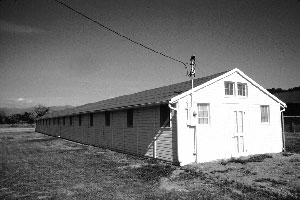 Figure 1.9. Reconstructed barracks on the grounds of the Fort Missoula History Museum. |
Of the three Federal prisons that held Japanese American during World War II, two are still being used as prisons. The third is located on U.S. Forest Service land (Catalina Federal Honor Camp) and was abandoned in the 1970s. The site is now a Forest Service Campground named in honor of Dr. Gordon Hirabayashi, one of the most famous figures associated with the prison and the Japanese American relocation. Future plans for the campground include interpretative signs or brochures about the Japanese American relocation experience, as well as that of Hopi Indians, Jehovah's Witnesses, and others who were sent to the prison for their beliefs.
 Top
Top
Last Modified: Fri, Sep 1 2000 07:08:48 pm PDT
http://www.cr.nps.gov/history/online_books/anthropology74/ce1b.htm
![]()

